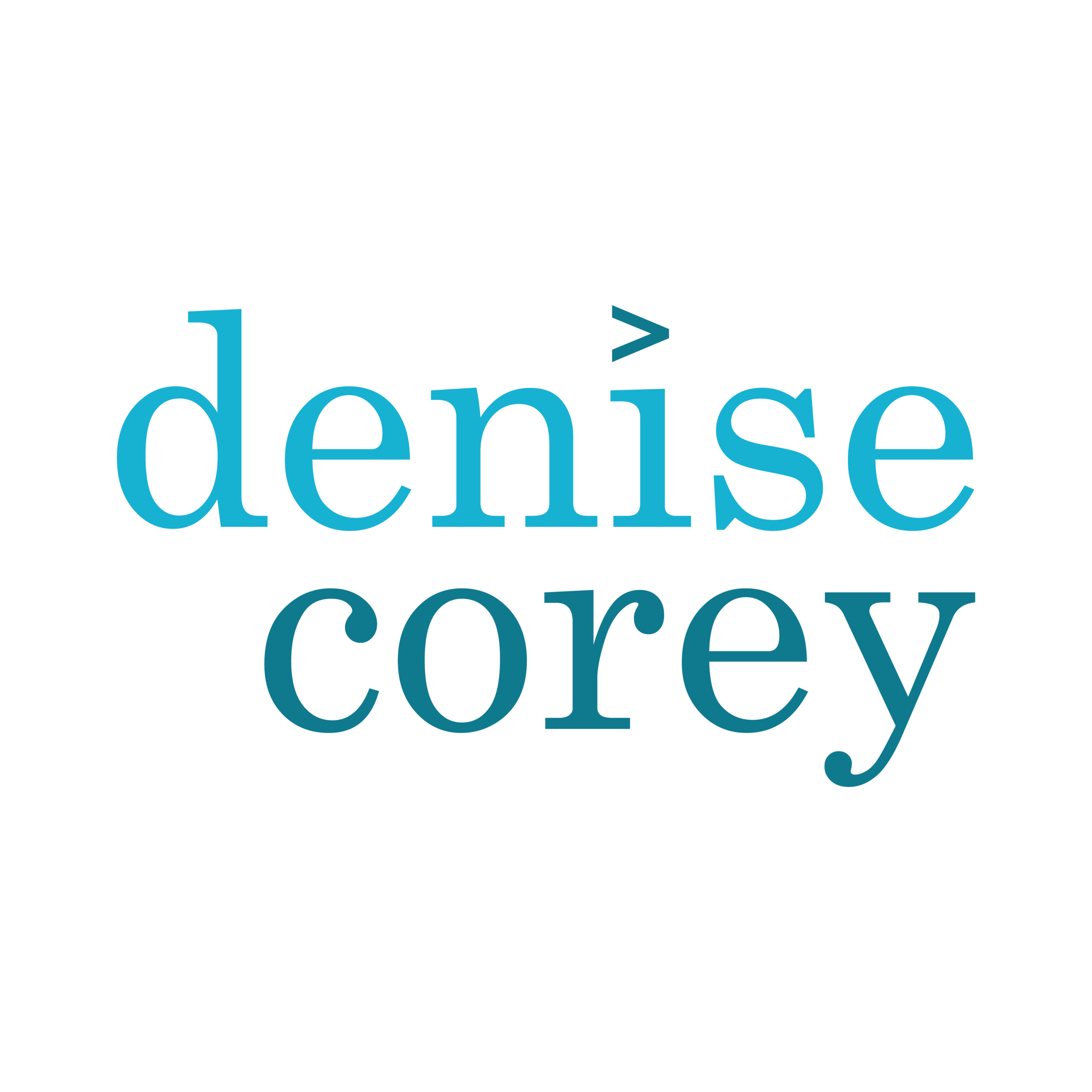A good cover letter is the ticket to an interview, so it is absolutely critical that your cover letter is well thought out, persuasive, and speaks to the position's needs. Your cover letter can be the bridge between your experience and your dreams.
As Andrew Klappholz details in his article, “How to Explain Your Transferable Skills on Your Resume,” your cover letter is your opportunity to persuade a hiring manager that your skills from your current position and past roles translate into the new career you’re pursuing.
[The employer’s question “What can you do that I need?”] should be answered directly through the cover letter, your very first communications with a company, said Lisa Panarello, founder and CEO of Careers Advance, a professional training and coaching agency.
"That cover letter is a big piece that people don't utilize well," Panarello said.
In sales, it could be a matter of promoting the deals you've closed that pertain to [your new field] — even if you were selling broader business solutions. In communications, you might have experience with public relations — even if you were a journalist.
Employers “have to understand how it transfers,” Panarello said. “People don't look to the past. They look to the future … but your past is the track record that proves your future.”
She said the key is to cite examples from your career that show not only the ability to perform a certain niche but also how you can learn new skills. “My job was X, and they threw Y at me; and I had to learn it quickly. Here's how I did it,” Panarello offered as an example. “Tactical behavior and situational examples would do the trick.”
There are four main ingredients in a powerful cover letter:
Know your audience: match the tone of your cover letter with the company’s. (To figure out a company’s tone, look to its mission statement and branding. For example, Geico’s ads position it very differently from Allstate.)
Have a strong opening: explain why you’re excited by this opportunity with this company. You will need to do research to be specific about what appeals to you.
Make your case: present the top three strengths you’ll bring to this position clearly—maybe even use bullet points. Support your statements with brief examples.
Bring it home with a strong summary: reiterate why you are the best person for this position.
The Dos and Don’ts of Writing a Cover Letter
If you hate writing cover letters, you're not alone. Crafting them can be the trickiest part of a job application, and there’s so much conflicting advice it can be hard to even know where to start. Here are some basic dos and don'ts.
Do:
Have a strong opening statement that makes clear why you want the job and what you bring to the table.
Be succinct — a hiring manager should be able to read your letter at a glance.
Share an accomplishment that shows you can address the challenges the employer is facing.
Don’t:
Try to be funny. Too often it falls flat, and you want to avoid a cringey moment at all costs.
Send a generic cover letter. Customize your letter for each job.
Go overboard with flattery. Be professional and mature.
Venture for America provides some great templates to get you started.
